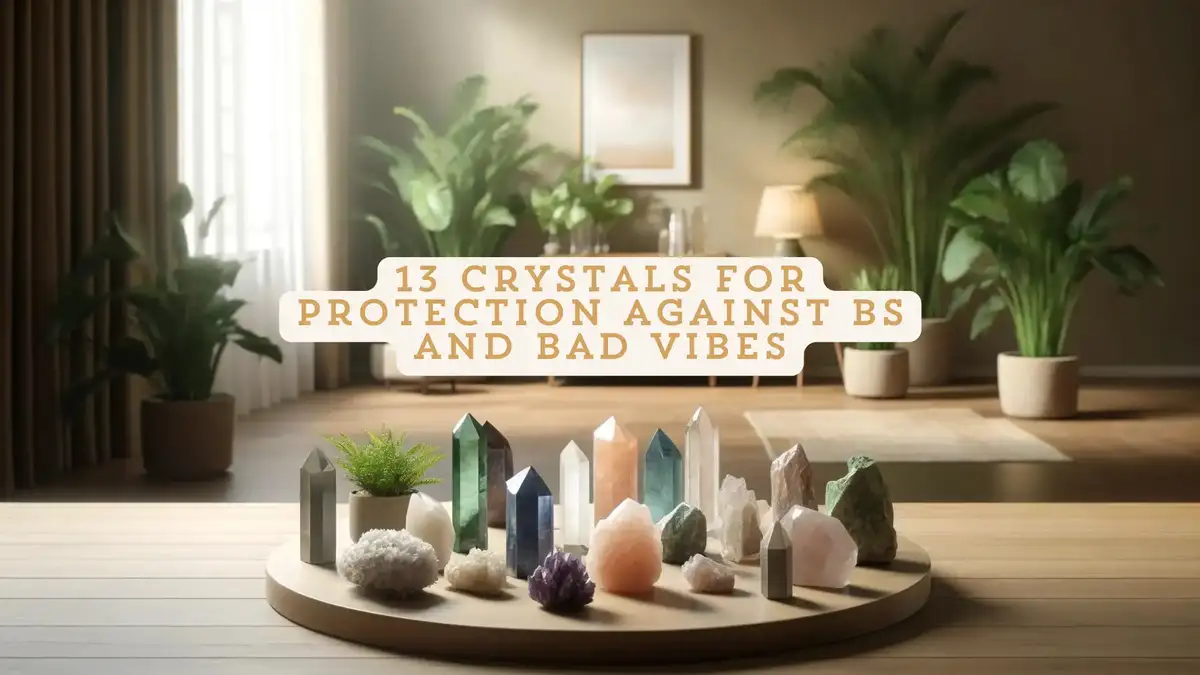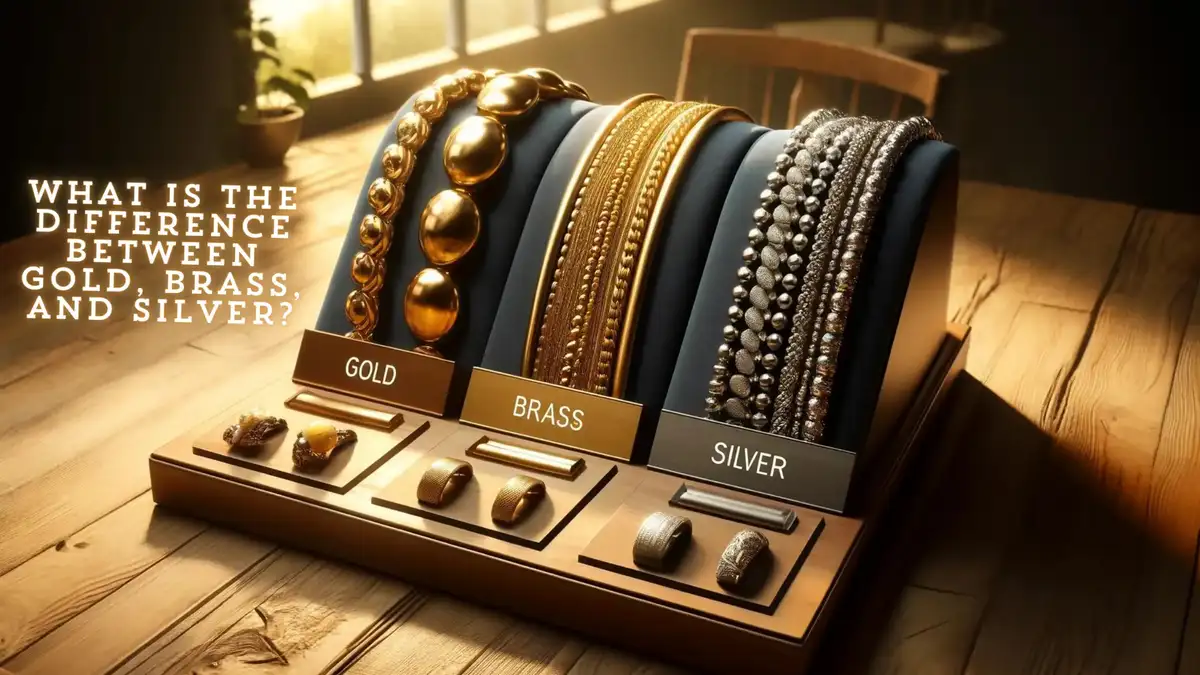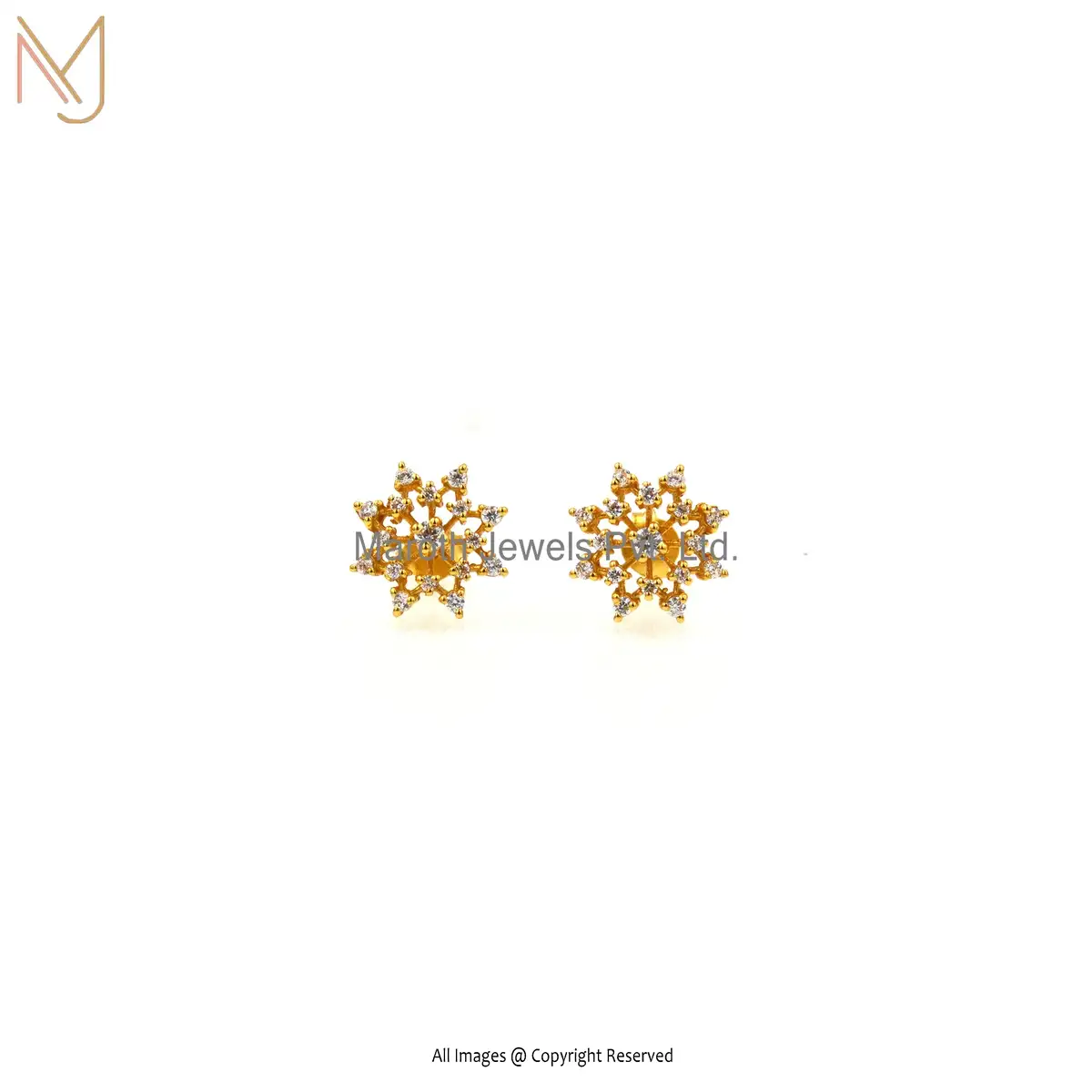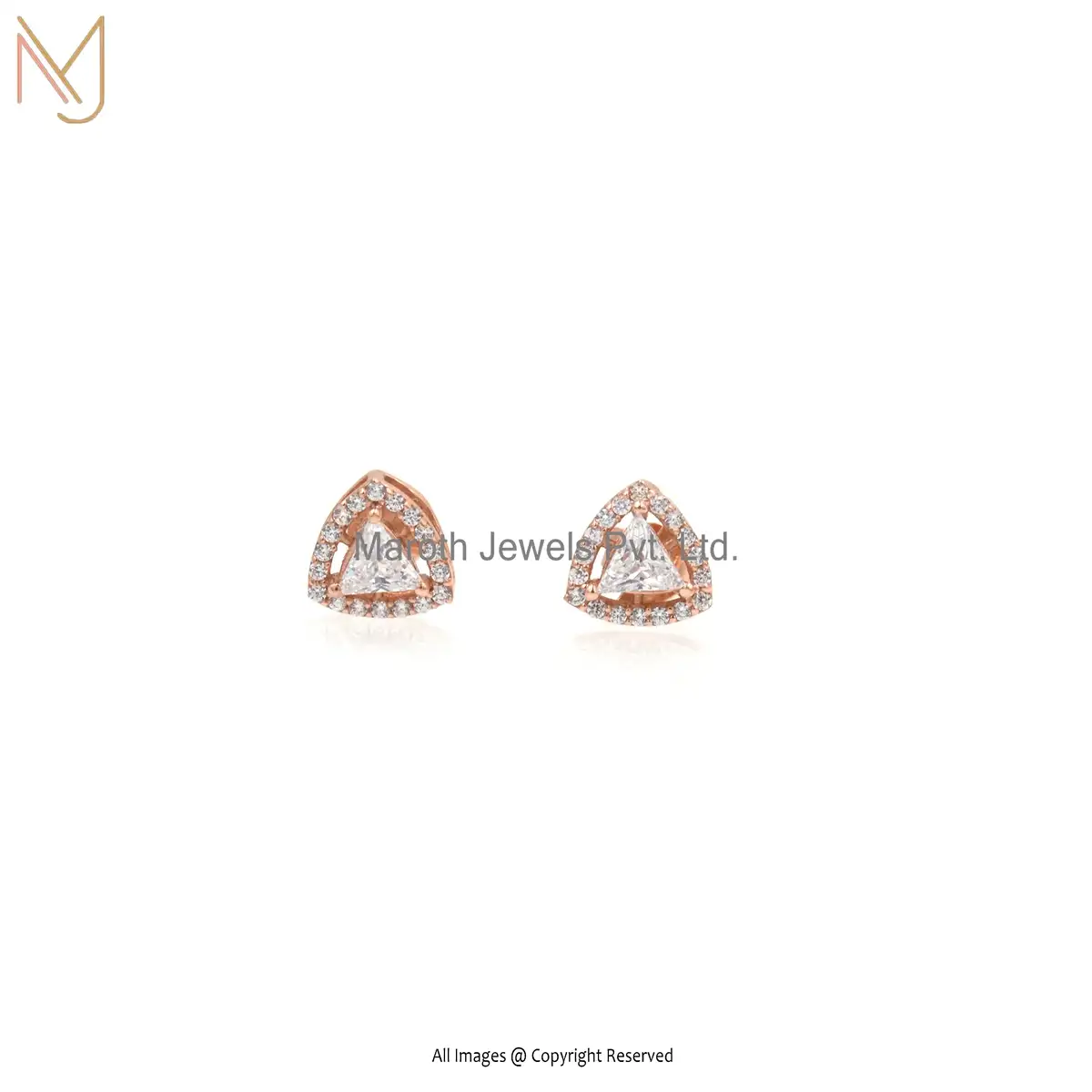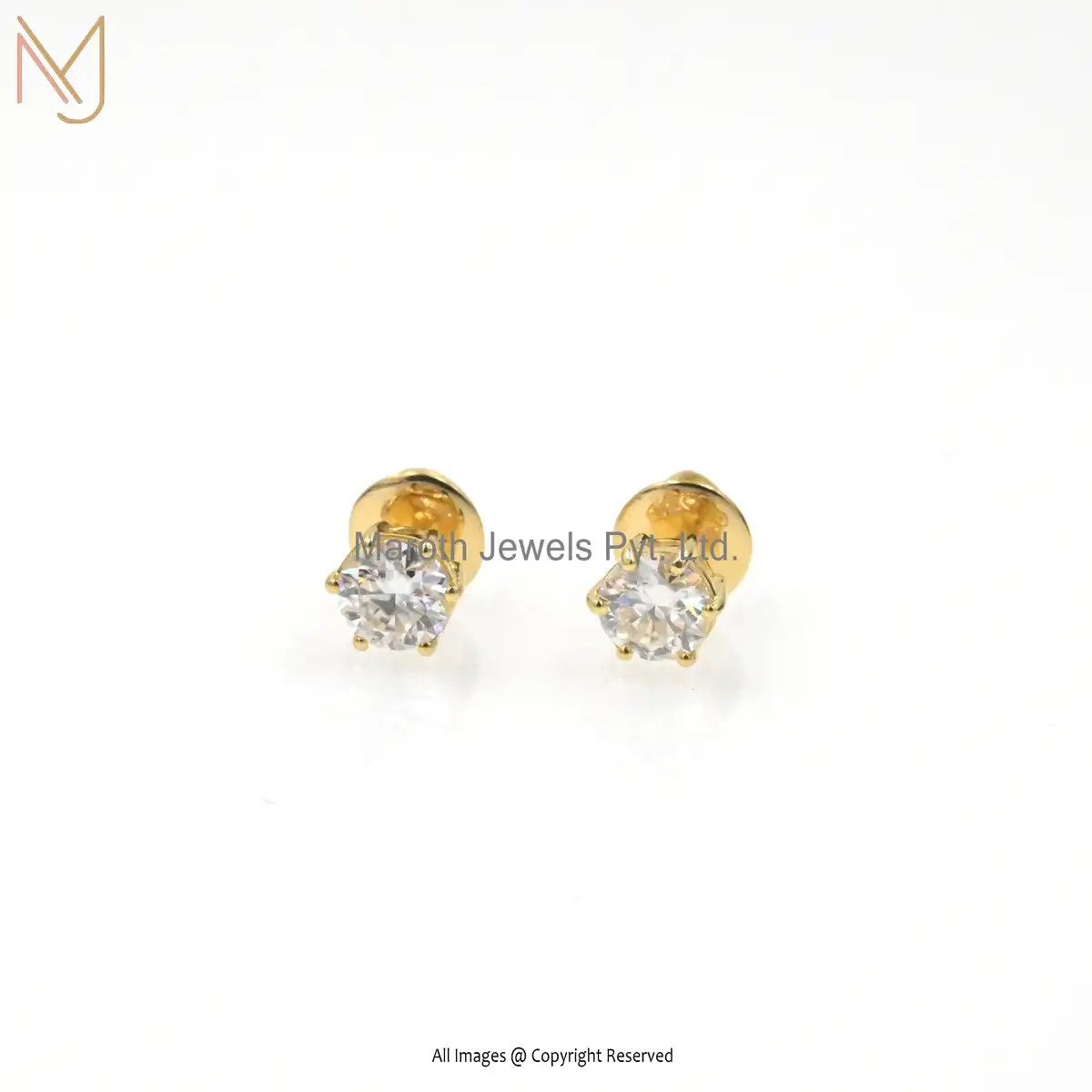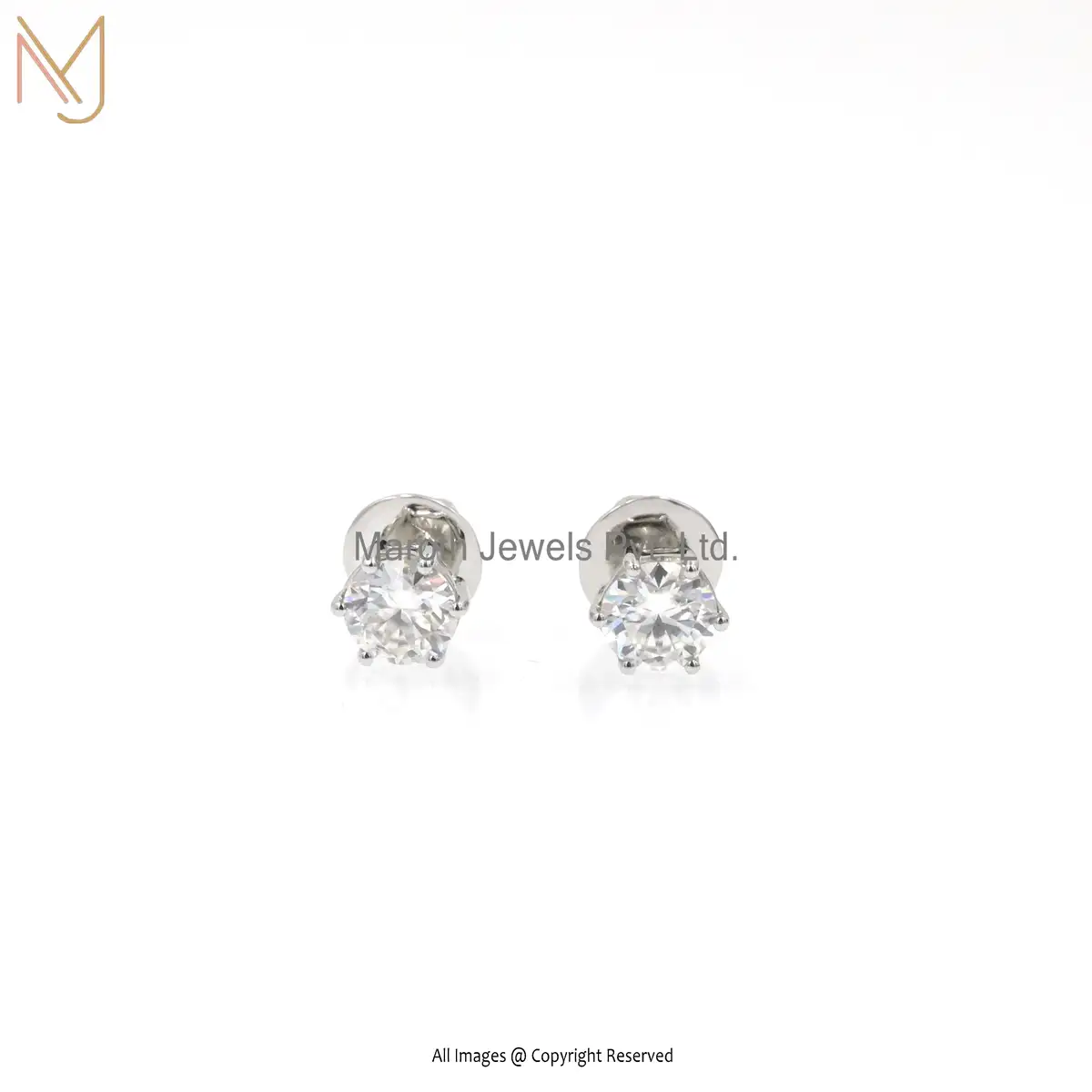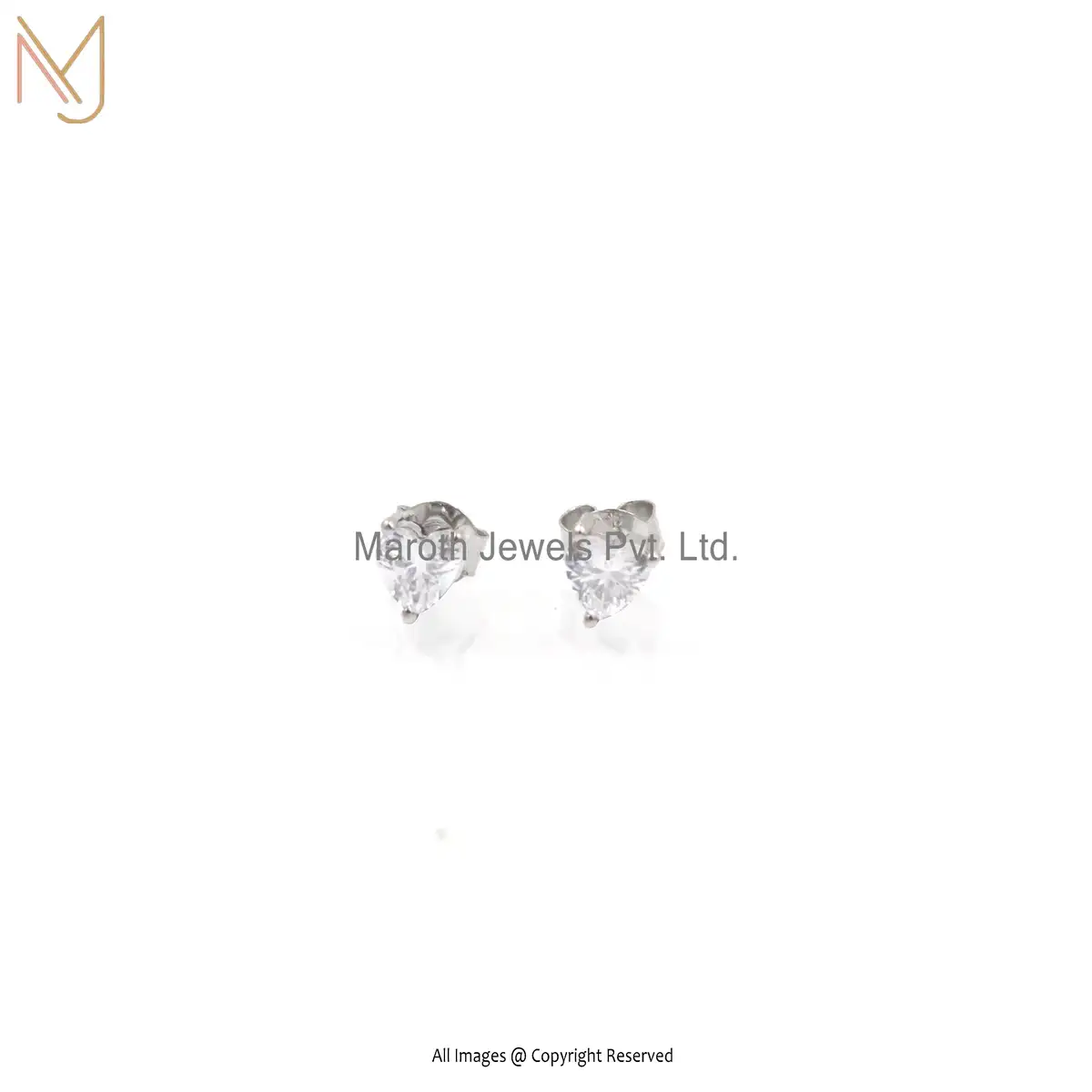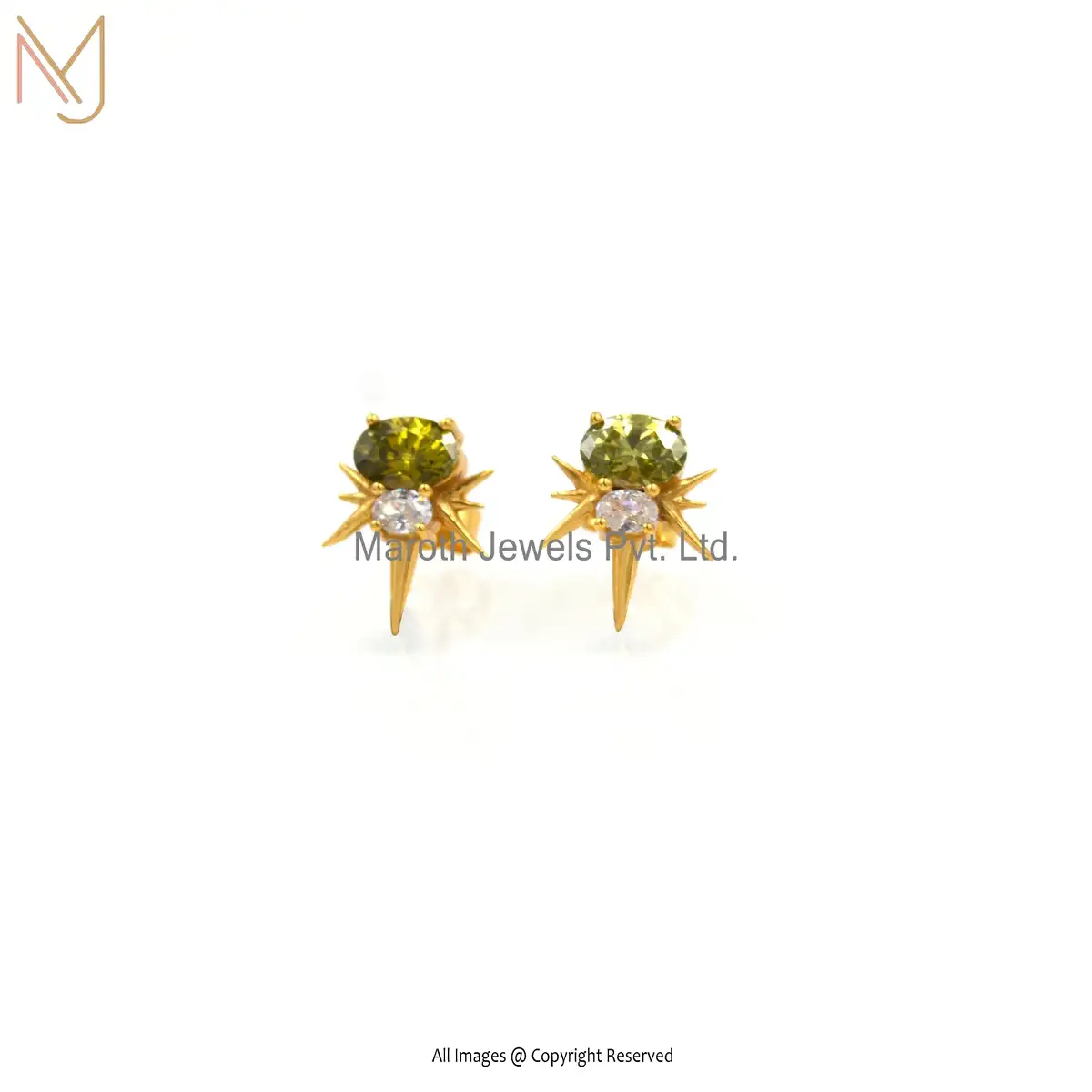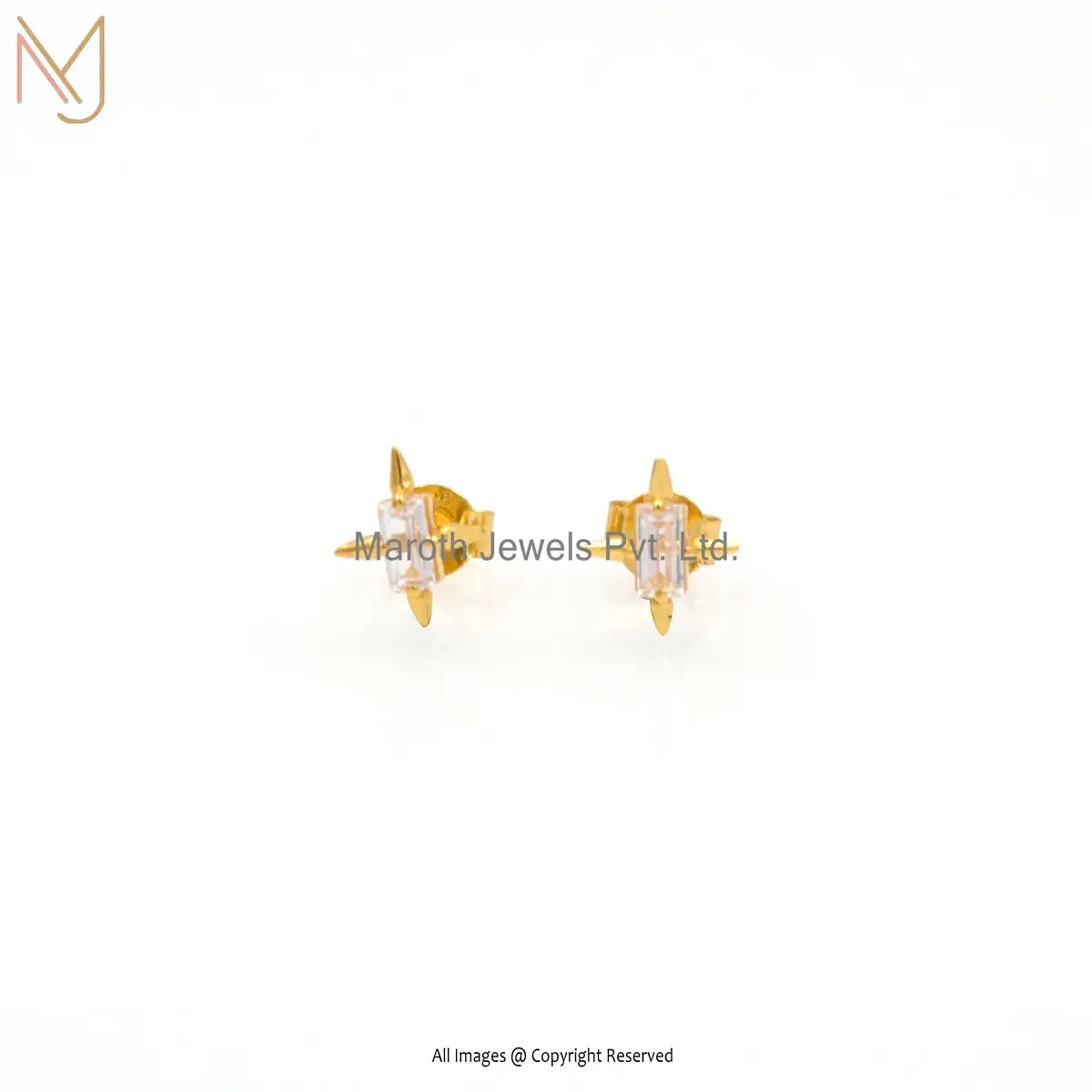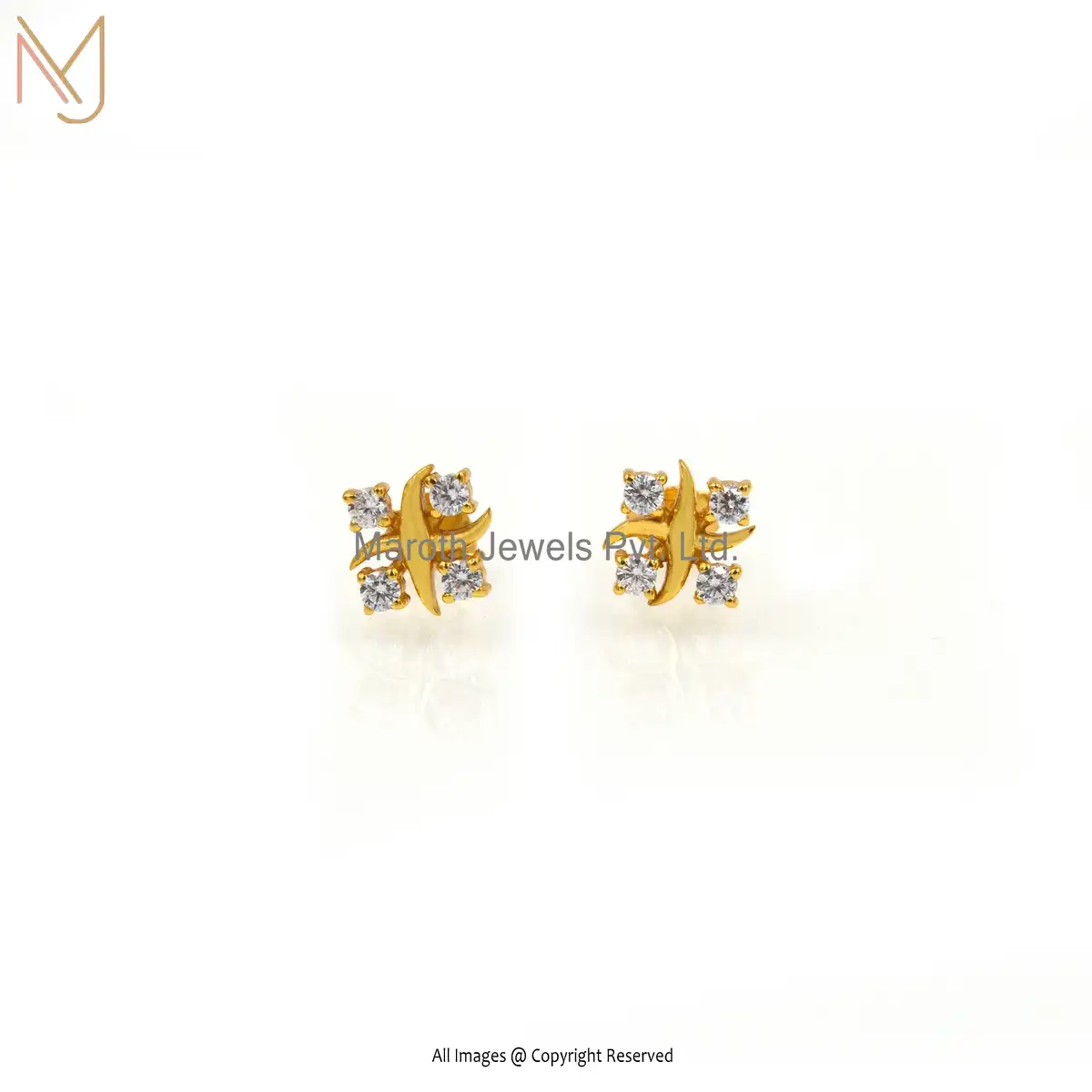Is Sterling Silver Jewelry Really Safe If You Have Nickel Allergy?
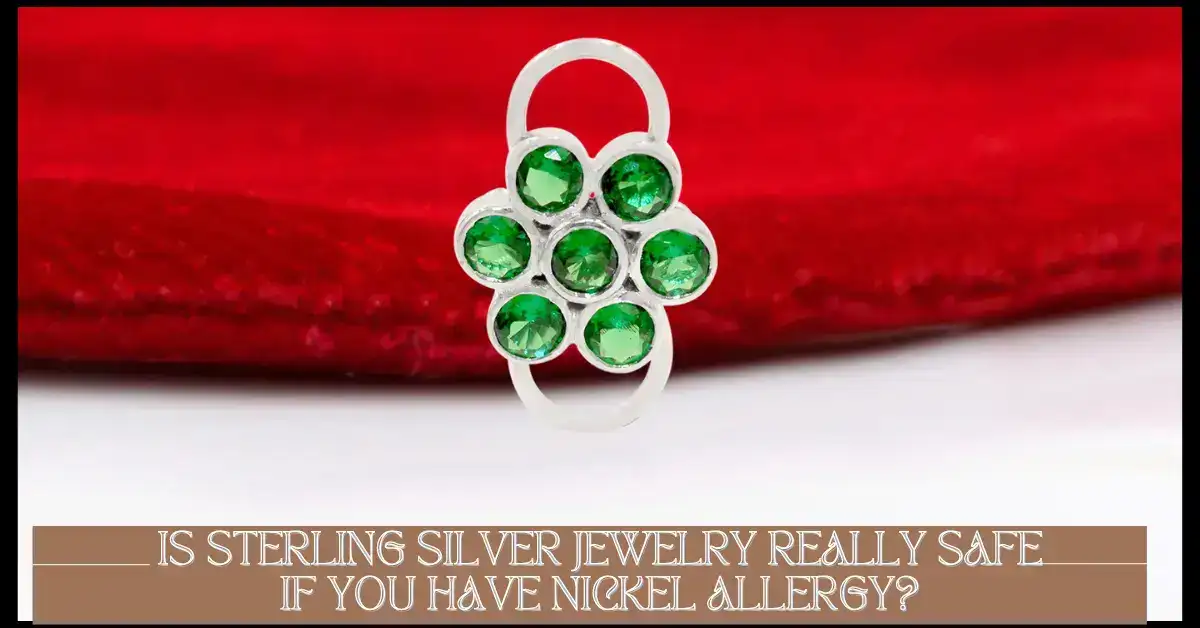
Is Sterling Silver Jewelry Really Safe If You Have Nickel Allergy?
Just imagine you have a stunning piece of sterling silver jewelry that is close to your heart. The elegance and craftsmanship is simply irresistible. But wait there's a twist. You're one of the many individuals who grapple with the discomforts of a nickel allergy.
A flood of questions arises: "Can I wear sterling silver?”, "Is it safe? This question surely comes into your mind about your skin health. Well you are not alone my dear who have this problem. We are here with this article where all your doubts will be cleared about nickel allergy.
Sterling silver has captivated us in the realm of jewelry for a long time. Its delicate allure and timeless sheen have illustrated countless wrists, necks, and fingers. But what about those of us who are prone to nickel allergies?
Questions Related to the Nickel Allergy
Let's start by posing a few questions that might resonate with you:
Have you ever wondered if the gleam of sterling silver is marred by the presence of nickel?
Does your skin react to certain jewelry, leaving you grappling with discomfort and uncertainty?
Is there a way to enjoy the elegance of sterling silver without triggering allergic reactions?
This article will help you to understand how you can enjoy sterling silver jewelry safely if you are a nickel allergic. We'll explain what sterling silver is made of, talk about nickel allergies, and explain how these two things are related.So, if you've ever found yourself pondering the compatibility of sterling silver jewelry and nickel allergies, buckle up.
VISIT FOR:- gold manufacturers
What Do You Mean By Sterling Silver Jewelry?
Imagine the glint of sterling silver, a metal that's more than just an accessory—it's a statement of elegance that withstands the test of time. Visualize how it catches and reflects light, leaving a lasting impression. Sterling silver is a blend of 92.5% pure silver and 7.5% other metals. But hold on, there's an intriguing twist: that 7.5% isn't a random addition. It's a combination of metals which includes nickel, that adds a layer of complexity to the equation.
What is a Nickel Allergy?
Let's talk about allergies, those unexpected reactions our bodies can have to seemingly ordinary things. Nickel, a seemingly unassuming metal, emerges as a common culprit. For some individuals, even a brief encounter with nickel can lead to an array of uncomfortable sensations—skin turning red, itching that seems unending, rashes that appear out of nowhere, or even the emergence of blisters. Many people have this allergy because nickel is often found in everyday things. So it's clear that we need to be more careful and get all the points cleared for better information.
The Connection: Sterling Silver and Nickel
Now, let's delve into the intriguing connection between sterling silver and nickel allergies. At the core of our exploration lies that crucial 7.5% of the alloy's composition. This is where nickel enters the scene, adding an intricate layer to the alloy. For those who are sensitive to nickel, this introduces a compelling question: Can sterling silver, with all its aesthetic charm, coexist safely with sensitive skin? The answer isn't as straightforward as it might seem.
Assessing the Risk: Regulations and Guidelines
As jewelry enthusiasts, we venture into the realm of regulations and guidelines. Manufacturers are acutely aware of the potential repercussions of nickel exposure. This awareness has led to the implementation of measures aimed at minimizing nickel's impact. "Nickel-free" labels emerge as beacons of hope, promising a world where jewelry can be worn without the fear of triggering allergies. Yet, there's a lingering query: Does the absence of such a label guarantee the absence of nickel? It is important to pay attention to the dark of the situation as we try to balance between the activity of certainty and uncertainty.
The Spectrum of Allergic Reactions
As we continue, we come across a complex range of allergic reactions. There is not a single approach that tells all the allergies Each person's body responds uniquely, with varying degrees of sensitivity to the same stimulus. This intricate dance of individual responses makes our quest for a definitive answer challenging. Can sterling silver, with its complex blend of metals, peacefully coexist with the diverse range of allergic reactions?
Tips for Choosing Safe Sterling Silver Jewelry
As we navigate the world of jewelry, the path to finding pieces that resonate with your style while considering your sensitivities requires a blend of wisdom and discernment. This is where "hypoallergenic" and "nickel-free" labels step in as saviors for those seeking adornment without the discomfort of allergies. However, making wise choices goes beyond labels. Placing trust in honorable manufacturers who prioritize customer well-being and relent with regulations is important. These creators stand as beacons of integrity, offering a pathway to both style and comfort.
Rhodium Plating as a Barrier
Imagine an invisible guardian, a protective force that stands between your skin and potential discomfort. Enter rhodium plating, a shimmering shield that not only enhances the aesthetics of jewelry but also creates a barrier against the potential nickel content. This protective layer provides comfort and style for those with nickel allergies, converting suspense into a promising welcome. Through our knowledge of sterling silver and nickel allergies, we are continuously uncovering solutions to overcome these challenges. Each new discovery brings us closer to achieving a balance between wearing stunning jewelry and caring for our soft skin.
VISIT FOR:- carabiner lock jewelry
Frequently Asked Questions About Is Sterling Silver Jewelry Really Safe If You Have Nickel Allergy?
1. Is all sterling silver jewelry nickel-free?
Not all sterling silver jewelry is created equal. While sterling silver itself contains various metals, some of which could be nickel, many manufacturers now offer nickel-free or hypoallergenic options. These are specifically designed for those with nickel sensitivities.
2. How can I get to know if I'm allergic to nickel?
You can check out if you're allergic to nickel by observing some signs. Look for redness, itching, a rash, or blisters on your skin when you wear jewelry. If you see these reactions, it might mean you have a nickel allergy.
3. Can I still wear sterling silver with a mild nickel allergy?
Depends on sensitivity. Some individuals with mild nickel allergies might tolerate sterling silver jewelry, especially if it's labeled as nickel-free. However, closely monitor your skin's response and discontinue use if discomfort arises.
4. Are there other hypoallergenic jewelry alternatives?
Indeed, there are alternative metals that are less likely to trigger allergic reactions. Titanium, surgical stainless steel, and certain types of gold (such as 18k or higher) are popular choices for those seeking hypoallergenic options.
5. What should I do if my skin reacts to sterling silver jewelry?
Swift action is key. Remove the jewelry immediately, cleanse the affected area with mild soap and water, and consider using a cold compress to ease discomfort. Hydrocortisone cream can also provide relief.
6. Can I get my sterling silver jewelry tested for nickel content?
Certainly. Professionals can test your jewelry to determine its nickel content. this will make all your whys into This insight can help you make an informed decision about whether to continue wearing specific pieces.
Conclusion
In the dazzling world of jewelry, those with nickel allergies can still find solace in the shimmer of sterling silver. Choose pieces labeled as hypoallergenic, and opt for trusted manufacturers. The journey to finding your perfect accessory—one that complements both your style and well-being—is achievable when armed with the proper knowledge.
READ MORE:- Where to Buy Real Gold Jewelry In The Philippines?
Recent Posts
13 crystals for protection against BS and bad vibes
How much is a round cut Lab grown diamond VVS1?
Related products
14k Rose Gold Cubci Zircon Earrings Manufacturer
925 Silver Rose Gold Plated Cubci Zircon Earrings Manufacturer
14k Yellow Gold Mickey Mouse Earrings Manufacturer
925 Silver Mickey Mouse Earrings Manufacturer
14K Rose Gold Cubic Zircon Earrings Manufacturer
925 Silver Rose Gold Plated Cubic Zircon Earrings Manufacturer
14K Yellow Gold Earring Custom Jewelry
925 Silver Yellow Gold Plated Earring Custom Jewelry
14K Yellow Gold Heart Cubic Zircon Earrings Custom Jewelry
14K Yellow Gold Cubic Zircon Earrings Manufacturer
925 Silver Yellow Gold Plated Cubic Zircon Earrings Manufacturer
Wholesale 14K Yellow Gold Cubic Zircon Earrings
Wholesale 925 Silver Yellow Gold Plated Cubic Zircon Earrings
14K Yellow Gold Cubic Zircon Earrings Custom Jewelry
14K Yellow Gold Cubic Zircon Earrings Manufacturer
925 Silver Yellow Gold Plated Cubic Zircon Earrings Manufacturer
14k Yellow Gold Cubic Zircon Earrings Manufacturer
925 Silver Yellow Plated Cubic Zircon Earrings Manufacturer
Contact Us For Custom Jewelry
Please get in touch with us and share your ideas if you have personalized jewelry or are searching for a private label jewelry manufacturer. In accordance with your suggestions, we will make and present genuine jewelry.
Drop Us a Line
Scan QR Code
for immediate contact













